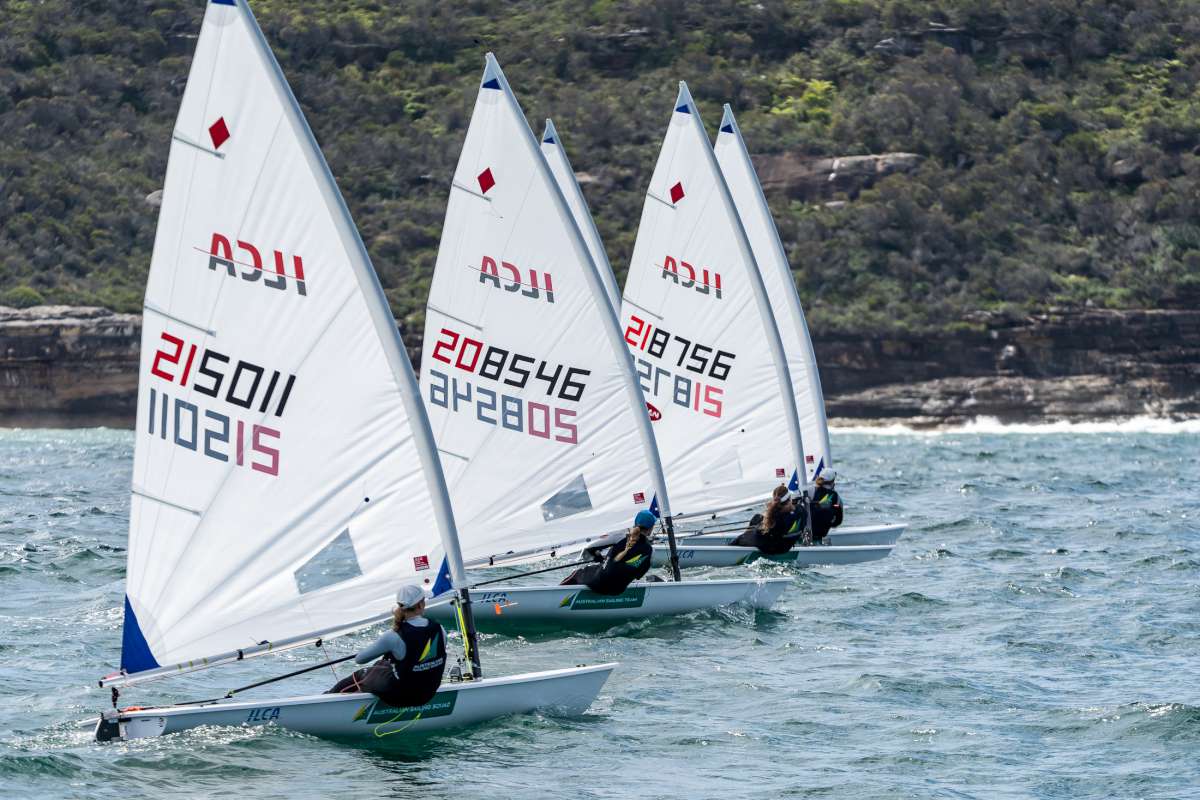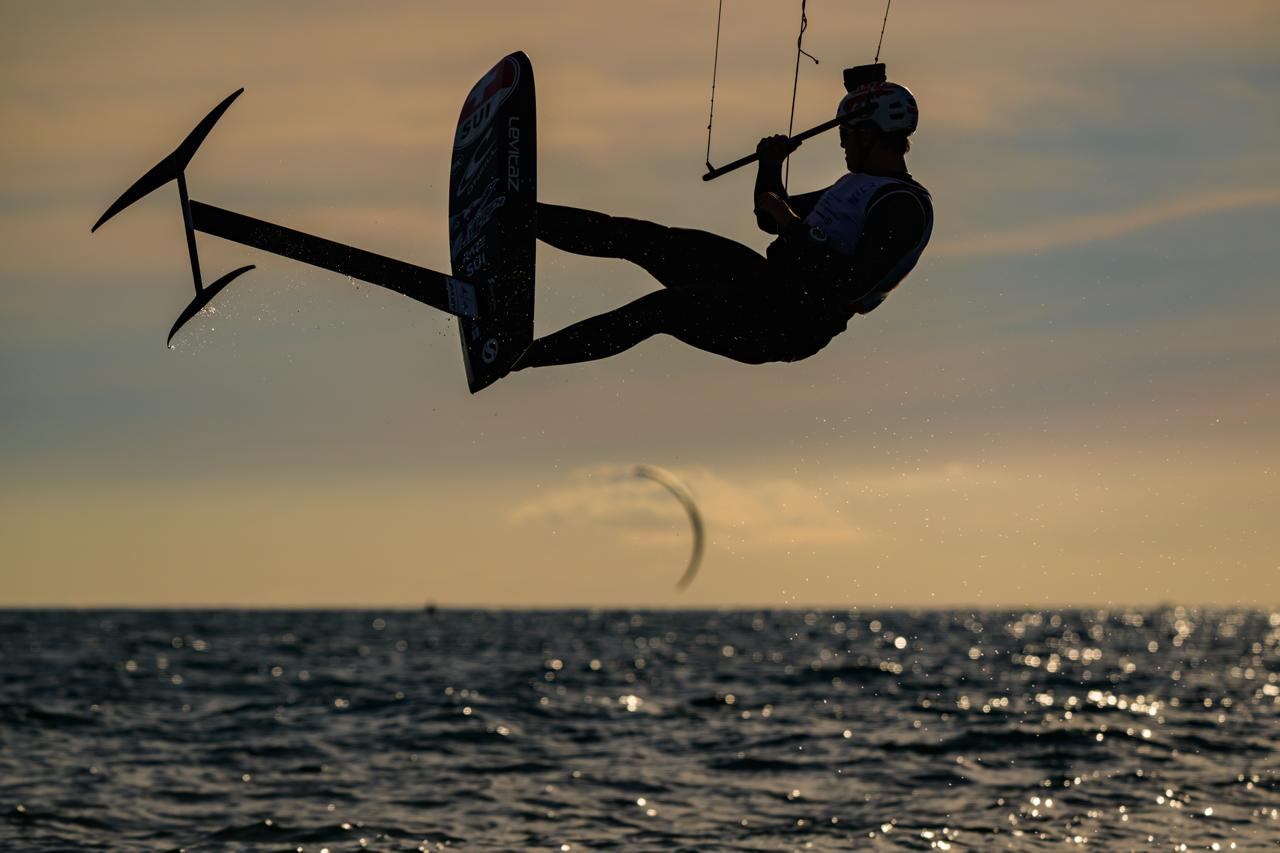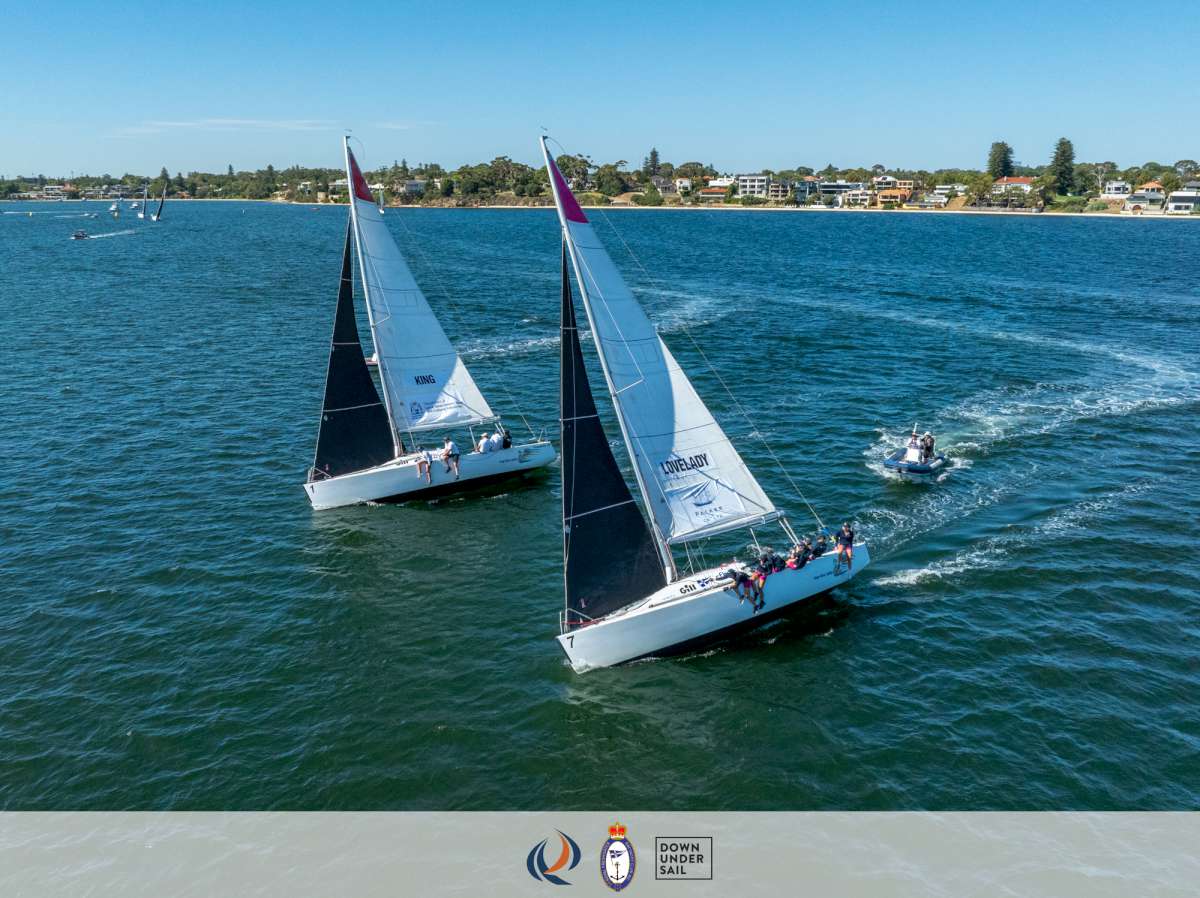Persistent Shift
Practical advice for maximising the benefits of your training time, by Tony Bull.
TRAINING is one of the cornerstones of success in all sports; so much importance is placed on it and rightly so. The essence of training is to develop our skills and minimise our mistakes by being prepared to cope with whatever circumstances the competition will throw at us.
In sailing it can be quite hard to organise a training structure and it needs discipline and sacrifice. It can be quite tough to head down on a wintery evening to rig up and then go out on the water for a few hours, so make sure you have some pre-determined goals in place to get the maximum out of your time.
Dinghy and small boat sailors are quite fortunate that a couple of phone calls can sort out a session and single-handers have it very easy as they can go sailing on the spur of the moment, although the greatest rewards will be garnered if you can organise a training partner or two.
On keelboats it is a much greater task with multiple crew and lots of organising and often family and work commitments will take precedence at the last minute (and rightly so). As a result it can be hard to get in frequent training sessions mid-week and when you do it is so important to make it of maximum value.
Development of skills
This is an area that generally does not require the full crew and so can be used more often during the week, so is ideal for those occasions when a few crewmembers can't get to the session. The crew members who get the most out of this are the helm and trimmers, spending long periods finding how to sail the boat faster, cataloguing data such as boat speed and different trim techniques to see which give the greatest rewards.
It will really accelerate the learning curve if you can have a sistership or even a boat of comparable performance to sail against and compare different styles.
It can be a bit brain-numbing and on a fully crewed boat needs an overseer or sailing master to coordinate; we don't want everybody on the boat to be changing things at once and confusing the program.
The main agenda is for the trimmers and helm to practise working in concert and develop automatic responses to the tactician's calls. To achieve this I like to sail along in a straight line and have the crew change modes, for example to “height” mode for when there is another boat trying to work into a leebow position. Similarly, drop into a “speed” mode for those occasions when you need to just sail through the water fast. Then keep reverting back to “normal” mode, which is maximising VMG (velocity made good).
The variety of techniques needed to develop these skills are incredibly diverse as the wind strength and sea conditions can be so varied. For example, in a big breeze it can be quite easy to change into a height mode and sustain it for a long period, but in lighter, more fickle winds it can only be done briefly and then only after a speed build, and on some heavier, under-canvassed boats it is to be avoided at all costs as you will take forever to get going again in the light winds. Training is the time to sort out these parameters, not once you are on the race track.
The biggest issue I find with the developing of skill style drills is maintaining focus. When you are the only boat out there, people tend to indulge in social behaviour, and it is very frustrating to start calling for things to happen and see crew standing in little clumps chatting. This has two negative effects, it creates background or white noise which makes it hard for your shipmates to communicate and if you are standing around you are not in the ideal position, after all we are trying to emulate how we would race our boat as closely as possible.
Mental imagery
One of the newer key phrases in training talk, mental imagery, in a nutshell involves picturing yourself doing your relative roles very well and successfully, which in turn helps you develop confidence and lessens anxiety. This is a great routine to get into, even on a basic level, if you want success.
It is so important to take a little time to think about your sailing when you are away from it. So many club competitors walk away at the end of a Saturday afternoon race and don't give sailing another thought until they turn up the following Saturday. The chances are that much of what they learned the previous week will be forgotten and those lessons need to be taken on board all over again.
While we don't have to sit cross-legged chanting mantras, it is hugely beneficial to take a little time to evaluate what we did well and mentally note it, also to take stock of mistakes and how they can be avoided next time. Remember a racing crew is a team and the other members rely on us to help them do their jobs quickly and competently. So try not to just turn up and make the same mistakes each week.
Know the drill
Sailing drills need to be done with as close to a full complement of crew as possible, it is very hard with larger crews to get out on week-nights and so we should try and get out on the race track a little earlier on race day to do some training. If you have a particular area which is repeatedly causing concern then concentrate on that, ask for input from the group or even ask a local hotshot for advice or even better a quick sail to help out. Most will be happy to oblige.
One issue with club racing, even at an advanced level, is reliability of crew. It is so hard to develop smooth procedures when new people are coming and going. If you can get a team of regulars you are a long way towards getting your act together.
On race day I try and set up a little routine to prepare the crew for the day's racing. Start off by sailing to windward and doing a few tacks, trying some a bit faster and then slower to see which will work better on that day in the conditions, then set up a spinnaker and do a bear away set and five to six square-to-square gybes.
After that do a conventional douse and come back on the wind, work on your tacks again to reinforce the best technique and take note of any difference coming off either tack due to waves or wind sheer (refining what you learnt on the first upwind drill).
When the spinnaker is repacked (it is a good idea to time how long the repacking takes for future reference, nothing worse than getting to a top mark with spinnaker not ready), set up and do a gybe set and then put in a few more gybes alternating between shy-to-shy and square-to-square. Shy-to-shy gybes are rare if sailing a windward/leeward course, but it's always best to be prepared.
Finish off by doing a gybe drop and coming back onto a windward course. In this drill you will have covered nearly every eventuality you could expect to encounter in the race to follow.
Take your time; it is more about getting the procedure right than rapidity. If you have some problems, stop and talk them through and then continue on. If there are any new crew onboard, this is a good time to sort out where they can fit in.
Importantly, give yourself the time to do all this. Normally this drill takes about 40 minutes on a sizeable keelboat and about half that on a daysailer or dinghy. Remember, the helm and trimmers will also want to do some reasonably lengthy straight-line sailing to set up the sails, rig and feel of the boat.
Do all this early enough so the crew can have a bit of downtime to relax and rehydrate before the start and the afterguard can start doing their thing and begin to plan the day's tactics.
Remember, “There are no shortcuts to any place worth going.” (Beverly Sills, the late operatic soprano).
Tony Bull's racing experience ranges from sportsboats to offshore racers. He runs Bull Sails loft in Geelong.























